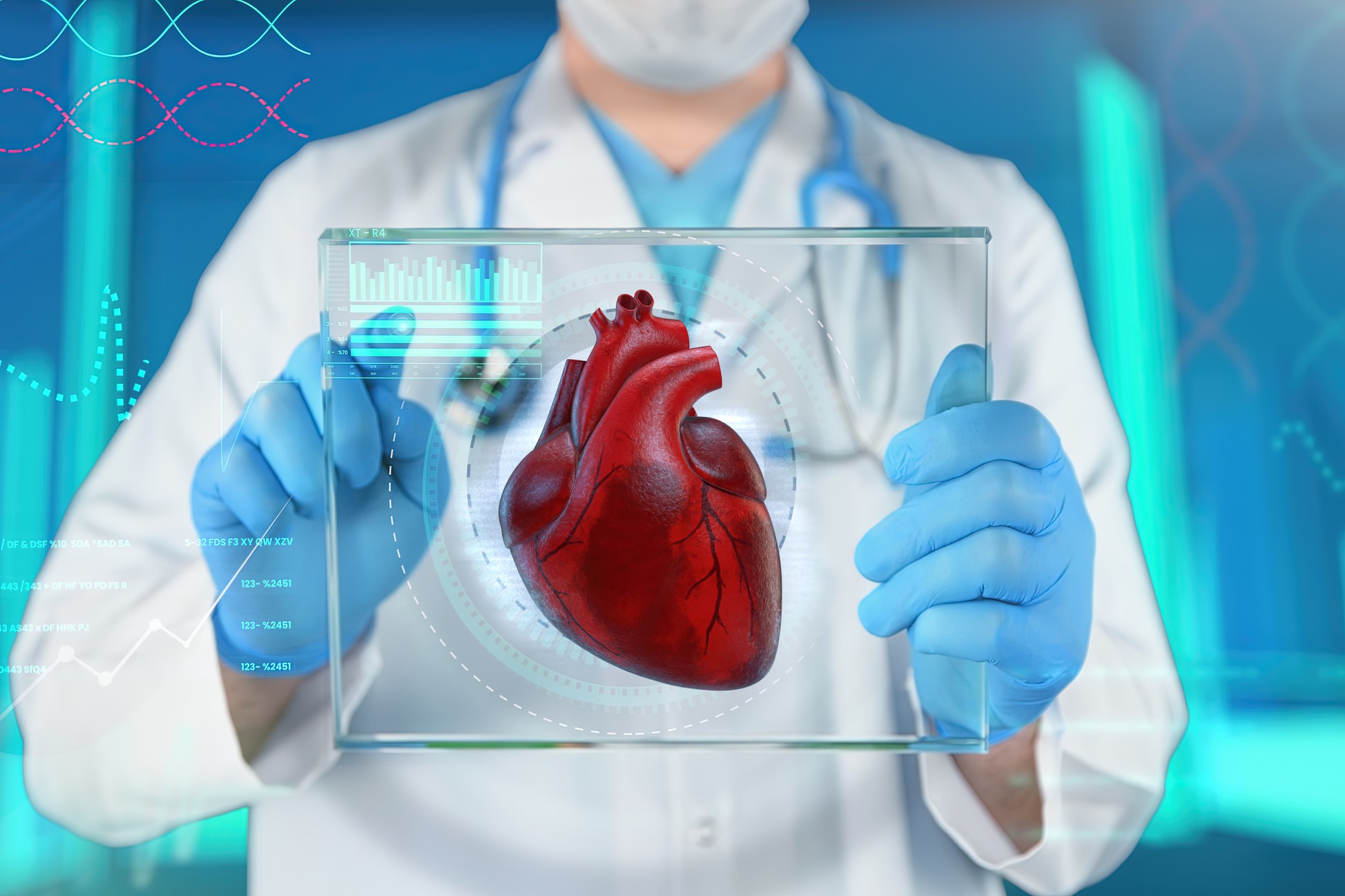
Diseases of the valves of the heart: aortic stenosis
Aortic stenosis is a very common valve disease in Western countries; men between 60 and 70 years of age are most affected
If not treated properly, the disease progresses to death, in about 50 percent of cases and 3 years after the onset of symptoms.
Aortic stenosis is the narrowing of the aortic valve, through which blood passes before going into the arterial system.
The obstruction will force the left ventricle to exert strain in pushing pressure, and this will lead to enlargement of the heart wall.
Symptoms of aortic stenosis, will vary depending on the severity of it
if there will be mild narrowing, there will be the presence of a heart murmur.
in advanced stages of stenosis, there will be wheezing, chest pain and sudden fainting.
THE RADIO OF RESCUERS AROUND THE WORLD? IT’S RADIOEMS: VISIT ITS BOOTH IN EMERGENCY EXPO
The causes of aortic stenosis may be congenital when, it will be related to aortic bicuspidia
It may be acquired when, it will be related to rheumatic diseases triggered by bacterial infections that have not been properly treated, or it will be related to calcific degeneration linked to the normal aging process of the body; the latter is among the most frequent causes.
Echocardiography is the best test to diagnose valvulopathy; it will allow analysis of the size of the heart chambers, thickening of the heart muscle walls, and the variation of the valves and their respective opening and closing points, which will narrow in case of stenosis.
An electrocardiogram and chest X-ray will also allow you to check for the presence of the condition
If you will have severe aortic stenosis, the only effective option will be to undergo surgery; which may be either surgical replacement or percutaneous approach.
Minimally invasive techniques may also be used through the reduced chest incision and the use of the latest surgical prostheses that will see no need to apply stitches.
In the percutaneous approach, on the other hand, there will be no opening of the chest; the valve will be grafted through the femoral artery to the heart, where it will clearly be released.
This doctor will be used if the patient is at high risk for the normal mode of operation.
In order to prevent the occurrence of this disease, it is necessary to maintain a proper lifestyle, undergo periodic medical checkups especially with cardiologists in order to monitor heart muscle and vascular system.
Medications could also be prescribed, aimed at reducing the workload of the heart, lowering its rate, counteracting ventricular remodeling and hypertrophy, monitoring pressure without worsening the gradient at the valve level that will be affected by cardiac output and duration of diastole.
Read Also
Emergency Live Even More…Live: Download The New Free App Of Your Newspaper For IOS And Android
Carotid Stenosis: What Is It And What Are The Symptoms?
Supraventricular Tachycardia: Definition, Diagnosis, Treatment, And Prognosis
Ventricular Aneurysm: How To Recognise It?
Atrial Fibrillation: Classification, Symptoms, Causes And Treatment
EMS: Pediatric SVT (Supraventricular Tachycardia) Vs Sinus Tachycardia
Atrioventricular (AV) Block: The Different Types And Patient Management
Pathologies Of The Left Ventricle: Dilated Cardiomyopathy
A Successful CPR Saves On A Patient With Refractory Ventricular Fibrillation
Atrial Fibrillation: Symptoms To Watch Out For
Atrial Fibrillation: Causes, Symptoms And Treatment
Difference Between Spontaneous, Electrical And Pharmacological Cardioversion
‘D’ For Deads, ‘C’ For Cardioversion! – Defibrillation And Fibrillation In Paediatric Patients
Inflammations Of The Heart: What Are The Causes Of Pericarditis?
Do You Have Episodes Of Sudden Tachycardia? You May Suffer From Wolff-Parkinson-White Syndrome (WPW)
Knowing Thrombosis To Intervene On The Blood Clot
Patient Procedures: What Is External Electrical Cardioversion?
Increasing The Workforce Of EMS, Training Laypeople In Using AED
Heart Attack: Characteristics, Causes And Treatment Of Myocardial Infarction
Altered Heart Rate: Palpitations
Heart: What Is A Heart Attack And How Do We Intervene?
Do You Have Heart Palpitations? Here Is What They Are And What They Indicate
Palpitations: What Causes Them And What To Do
Cardiac Arrest: What It Is, What The Symptoms Are And How To Intervene
Electrocardiogram (ECG): What It Is For, When It Is Needed
What Are The Risks Of WPW (Wolff-Parkinson-White) Syndrome
Heart Failure: Symptoms And Possible Treatments
What Is Heart Failure And How Can It Be Recognised?
Inflammations Of The Heart: Myocarditis, Infective Endocarditis And Pericarditis
Quickly Finding – And Treating – The Cause Of A Stroke May Prevent More: New Guidelines
Atrial Fibrillation: Symptoms To Watch Out For
Wolff-Parkinson-White Syndrome: What It Is And How To Treat It
Do You Have Episodes Of Sudden Tachycardia? You May Suffer From Wolff-Parkinson-White Syndrome (WPW)
What Is Takotsubo Cardiomyopathy (Broken Heart Syndrome)?
Heart Disease: What Is Cardiomyopathy?
Inflammations Of The Heart: Myocarditis, Infective Endocarditis And Pericarditis
Heart Murmurs: What It Is And When To Be Concerned
Broken Heart Syndrome Is On The Rise: We Know Takotsubo Cardiomyopathy
Heart Attack, Some Information For Citizens: What Is The Difference With Cardiac Arrest?
Heart Attack, Prediction And Prevention Thanks To Retinal Vessels And Artificial Intelligence
Full Dynamic Electrocardiogram According To Holter: What Is It?
In-Depth Analysis Of The Heart: Cardiac Magnetic Resonance Imaging (CARDIO – MRI)
Palpitations: What They Are, What Are The Symptoms And What Pathologies They Can Indicate
Cardiac Asthma: What It Is And What It Is A Symptom Of
Cardiac Rhythm Restoration Procedures: Electrical Cardioversion
Abnormal Electrical Activity Of The Heart: Ventricular Fibrillation
Gastro-Cardiac Syndrome (Or Roemheld Syndrome): Symptoms, Diagnosis And Treatment
Cardiac Arrhythmias: Atrial Fibrillation
Interventricular Septal Defect: What It Is, Causes, Symptoms, Diagnosis, And Treatment


